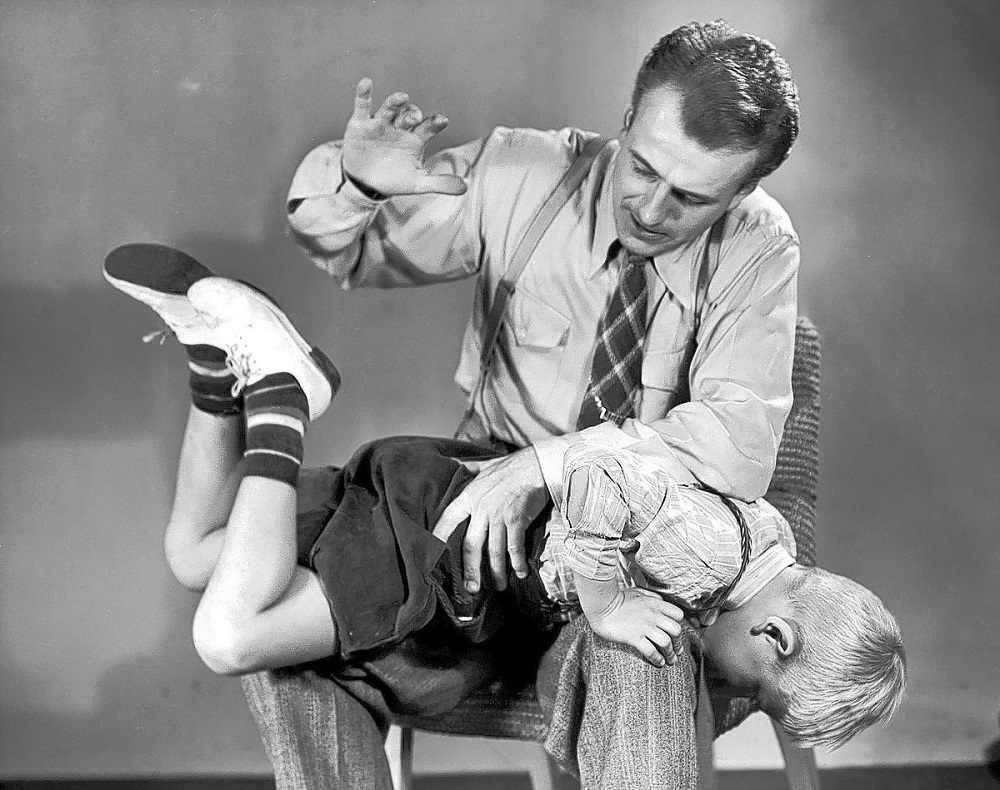Manual actions are Google’s response to violations of Google Webmaster regulations on the part of a website. They typically involve demotions in terms of search ranking. These are not to be confused to organic rank demotion due to algorithm updates from Penguin, Panda, Hummingbird and others. Manual actions typically are Google penalties for bad behavior. There are quite a few different types of manual actions a website may receive. Ultimately, corrective action must be taken before penalities can be removed and it’s often a long and drawn out process, so the better strategy is to avoid the penaltiy in the first place.
Unnatural Links: A manual action based on unnatural links to your site is a response to inboud links found online from sites that seem to have no perceivalbe relationship to your own. There are three types of infractions that fall under this category: the first is one where Google acknowledges that the inbou,d links seem to be out of your control (often from spammy websites from overseas); the second type of manual action related to unnatural links is one where Google has made the determination that it believes your website is part of a linking scheme. In the first action, no real negative penalty is paid by the website. In the second, however, the website typically suffers a steep demotion in the rankings. The third kind of manual action taken against a site considered to be guilty of an unnatural links violation is one where Google identifies unnatural outbound links on your site. In this case, Google perceives that your site is guiltin of posting reciprocal links to an unrelated website.
Hacked Website: Google posts a manual action against sites that have malicious code posted. This is to warn visitors that the site has been comprimized. Obviously, this kind of manual action is beyond the control of the website that has been hacked. So, all that is necessary to rectify this issues is to remove the malicious code and resubmit the site to Google for indexting.
Thin Content: Manual actions taken against websites accused of publishing thin content are typically in response to sites where content has been scraped from other sites, autogenerated by algorithms or A.I. or content that has been copied from other websites, violating Google’s authorship rules.
Doorway Pages: Sites that have multiple pages they are trying to rank for essentially the same content are considered doorway pages. Google applies manual actions for this kind of website strategy because it’s essentially deceptive. If you have one page of content, you don’t need several landing pages that take you to that content.
Pure Spam: Pure spam violations include scraped content, autogenerated content and other such spammy content that directs people using deceptive methods for adding content to your website.
User-generated Spam: If you have a blog where visitors can generate content, often spammers will post content with links that point back to their own sites or sites of those they want to build traffic for.
Cloaking and Sneaky Redirects: Cloaking refers to the antiquated practice of showing content to Google but not to your visitors. Sneaky Redirects result when a webpage ranks for one subject (usually a high traffic search subject) and directs users to a page focused on something entirely different.
Keyword Stuffing and Hidden Text: Keyword stuffing is the practice of repeatedly posting the site’s keywords on a page in nonsensical fashion to get a boost for your site’s rankings. Hidden text is typically achieved by posting the content in the same color as the page background.
If you would like to learn more about how search engine optimization strategies can power visibility and growth for your website, call Proctor Digital at 773.664.5819. We’d love to help!

